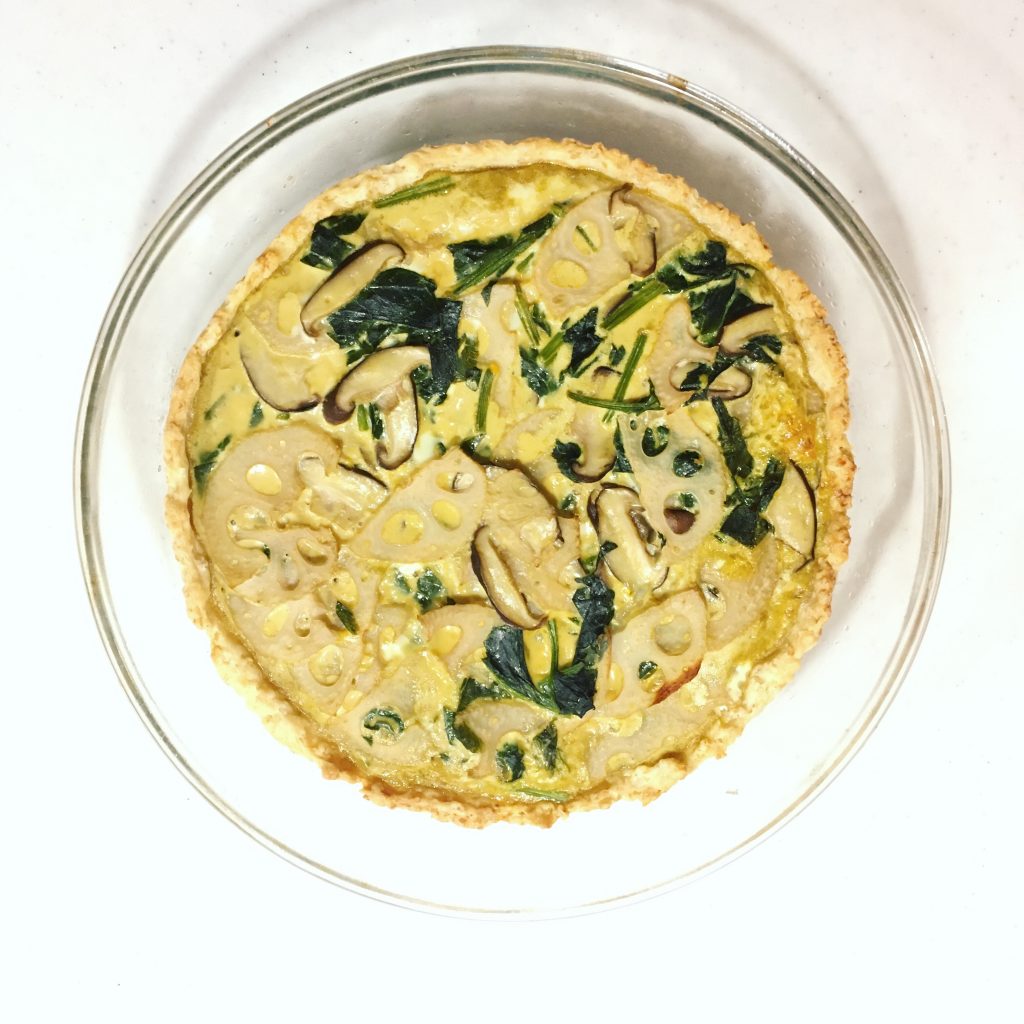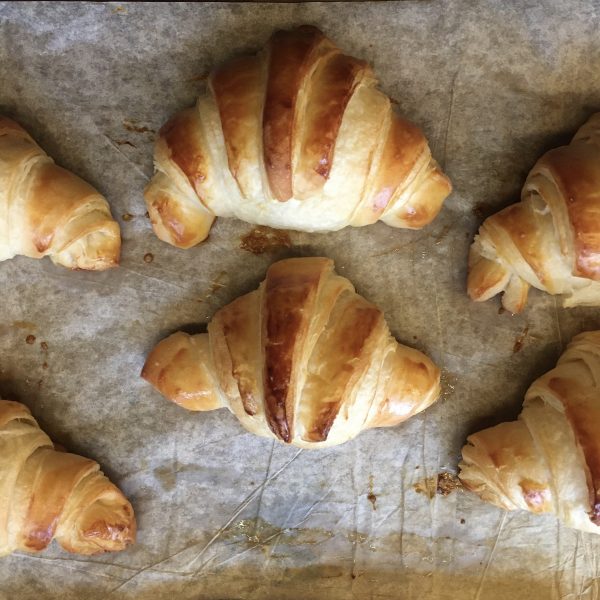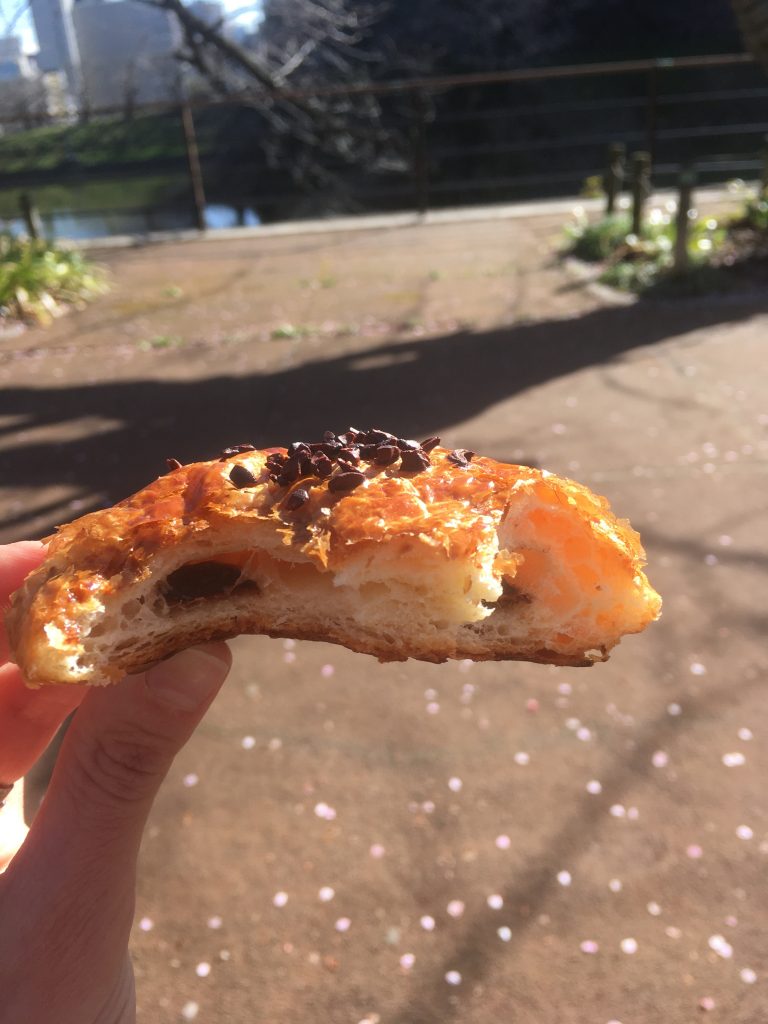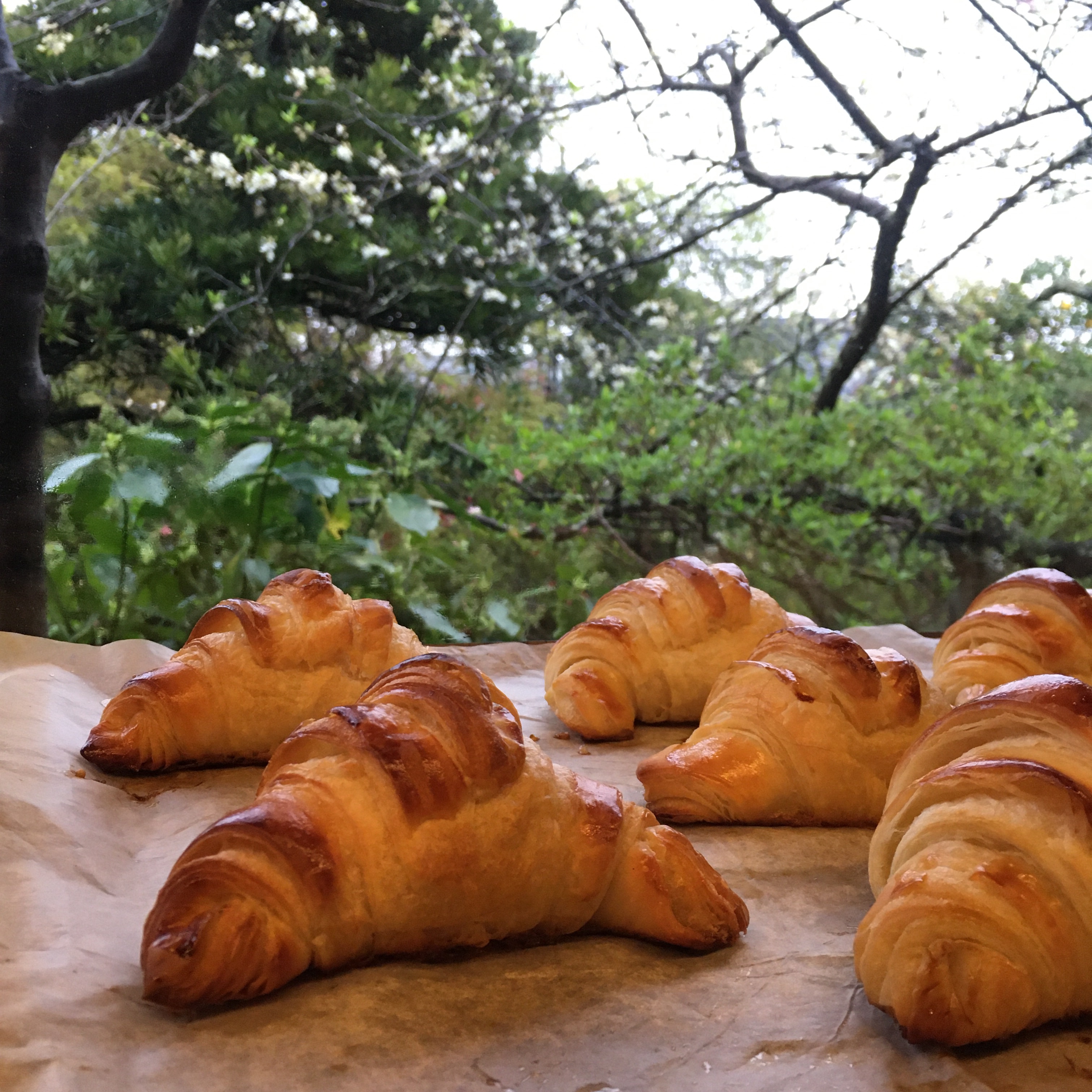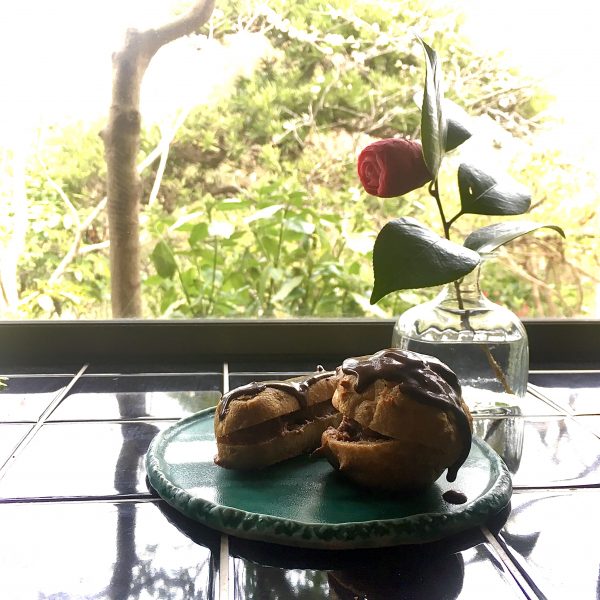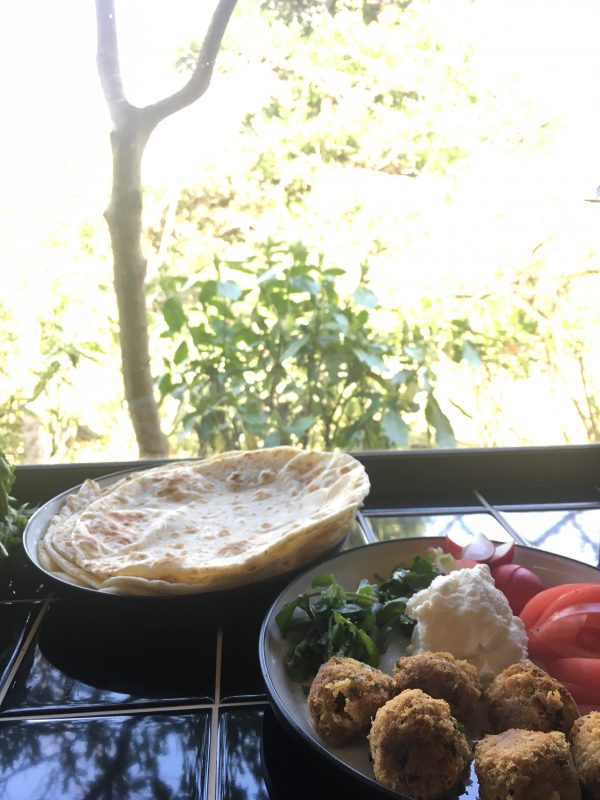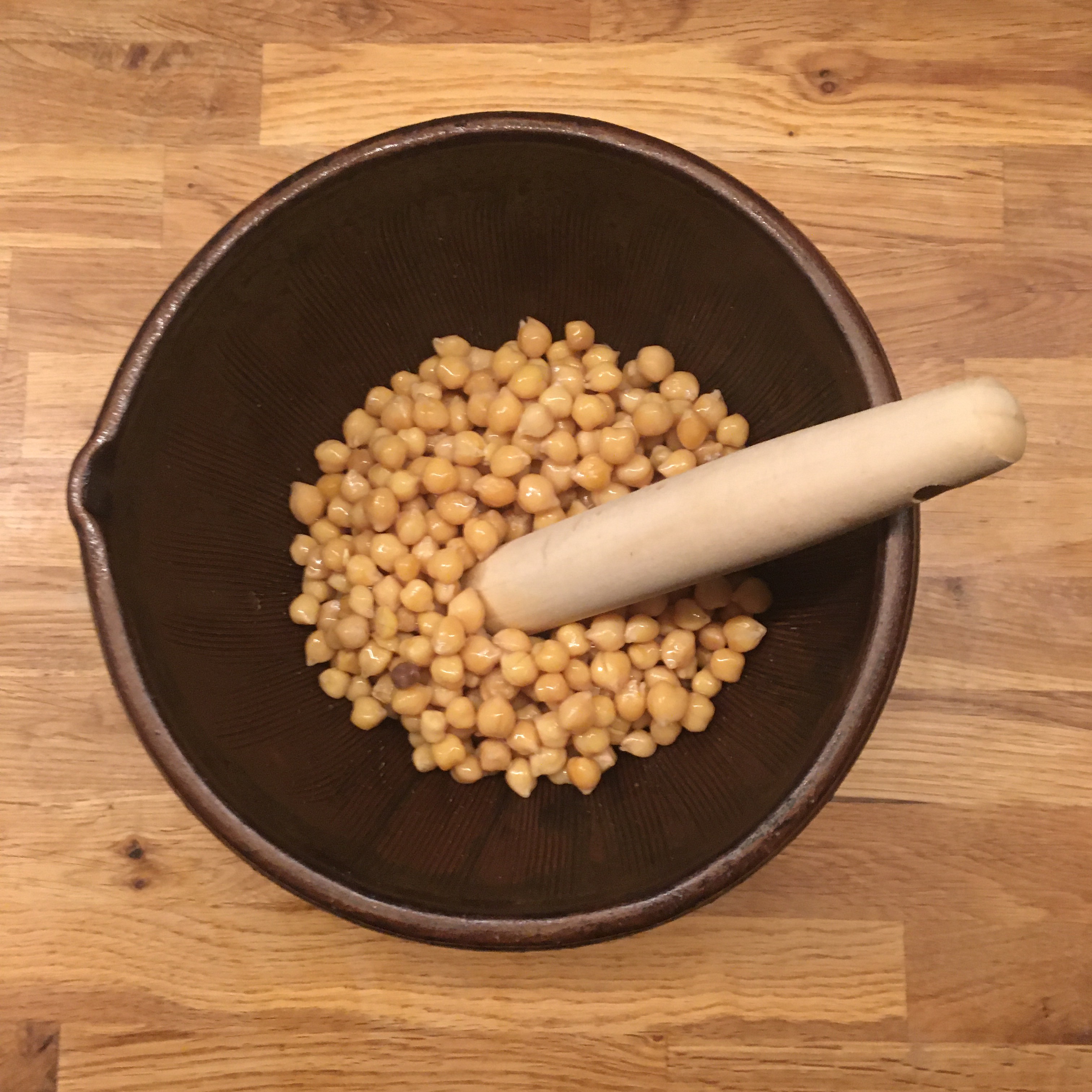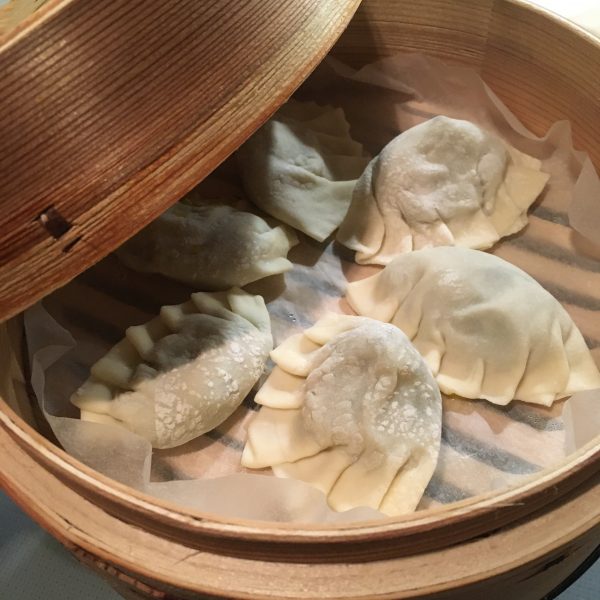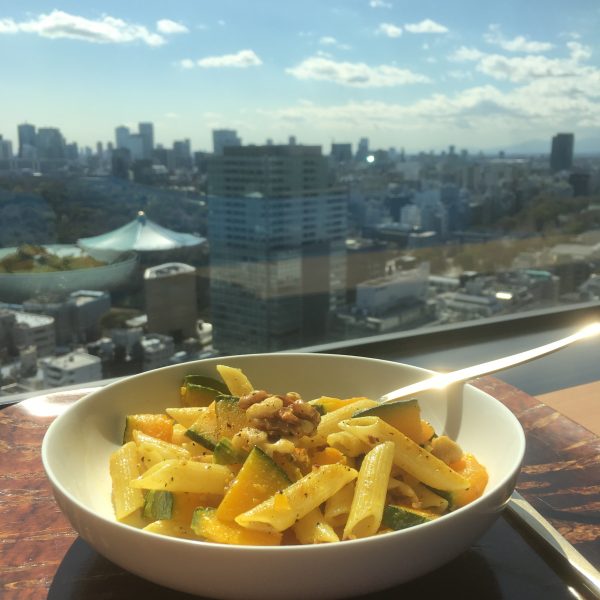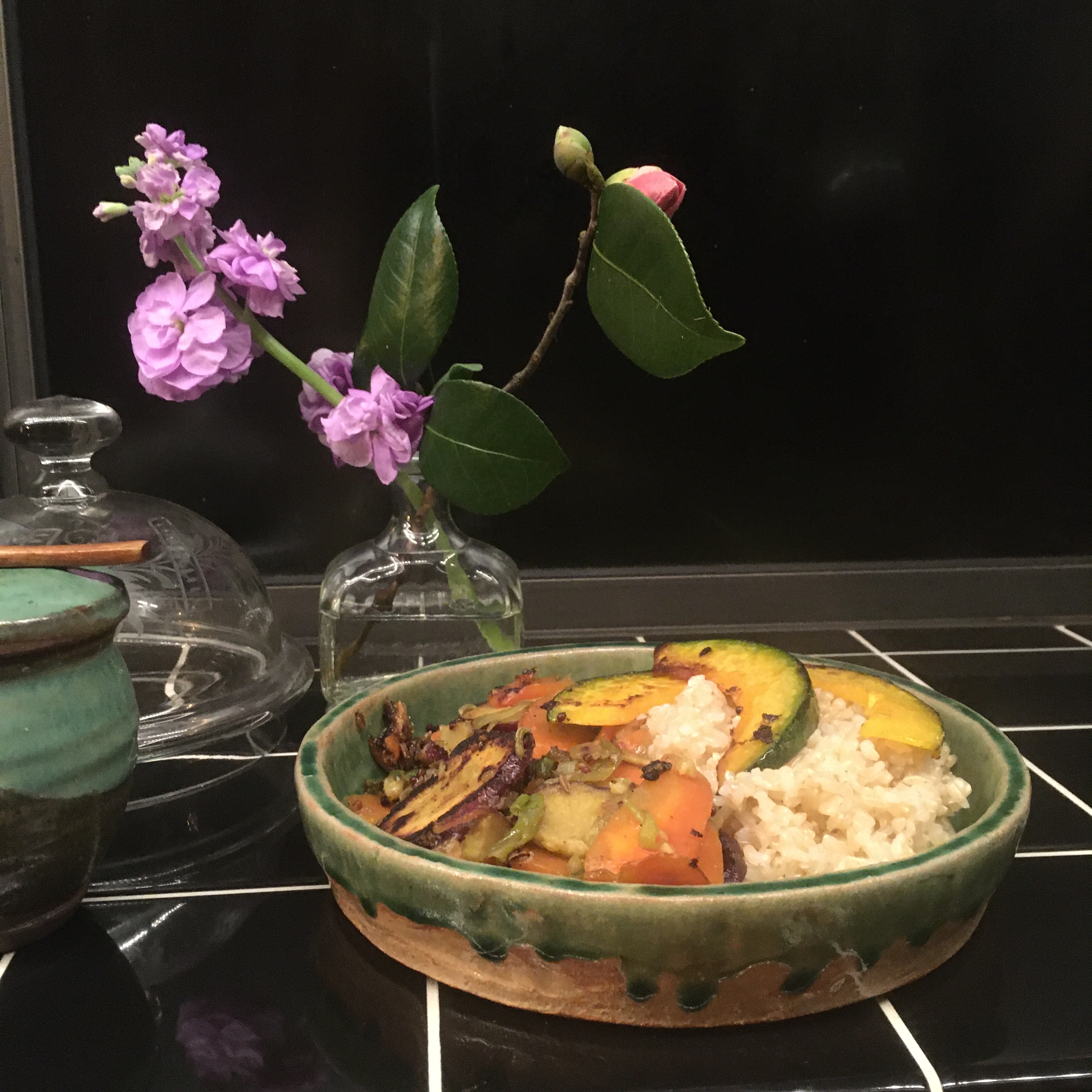The current situation is forcing us to work from home, and there are a few minor changes in our daily activities but in the meantime I don’t feel it affects us that much. One thing though has been a bit annoying, is the closure of our tennis courts in Isumi since the beginning of February. As I believe there is a season for everything, the season for surfing for me has not yet started: the ocean is yet too cold and the weather too, we are not equipped for cold water and I don’t feel like going for a dip in the ocean at the moment. Gardening kept us busy outdoors, but not enough to really free our busy minds. So one day we decided to go for a bicycle ride and just loved it, so we upgraded our foldable tiny bicycles to proper bicycles and we took on riding. Every Saturday and Sunday we go for a 25km ride in the neighborhood and run some errands… Riding, even for only 90min, makes us very hungry. And with the weather doing ups and downs having a few sweets in the pantry is not a bad idea!!! Not to mention that I forgot to refill our chocolate cabinet on an Easter weekend… oups… what was I thinking??? So I decided to prepare some financiers, A. loves them. (Well what is it he doesn’t like when it comes to sweets and treats? ;))
The problem is that financiers recipe uses only the egg whites, so I was wondering what to with the yolks, and found the recipe of helenettes, an other almond based treat that uses only the yolks. Basically the same ingredients as financiers one has the egg yolk, the other the egg white!! Both are really super easy to prepare and very quick! So was I preparing both and baking both and making every body very happy!

While I have been making financiers for a long long time, it was my first time making helenettes and even more, hearing about this little cookie so I was preparing them in a very simple manner, following almost blindly the recipe I found there (in French), I only changed very slightly. So here are my recipes of helenettes and financiers.
Helenettes (15-20 pieces 3cm each)
– 2 egg yolks
– 100g of flour
– 100g of almond powder
– 80g of sugar
– 60g of butter
Melt the butter. In a bowl mix the egg yolks and the sugar. Add the butter, stir well. Add the flour and the almond powder and stir well. Knead a little and make balls of 20g each and slightly flatten them. Set on a sheet of cooking paper and bake for 10 min at 200deg. Don’t over cook them, they will lose there softness and become really hard.
Finish with a bit of icing sugar if you want to make them really beautiful!
Financiers (25 tiny pieces)
– 40g of almond powder
– 50g of butter
– 20g of flour
– 75g of icing sugar
– 2 egg whites
Melt the butter. In a bowl mix the flour, the almond powder and the sugar. Add the egg white one after the other and stir well. Finally add the butter and stir well. If you have financiers molds this is perfect (I have very tiny ones), if you use paper molds be careful not to fill them too much as they might collapse. Fill half to 2/3 of the molds and bake at 240deg for 5 minutes then decrease the temperature to 180 and bake for another 10min. The smaller the shorter, if you use large molds, it may take a bit more time. They must be golden, but not over cooked neither undercooked.
Et voila! Have a good week!
The next almond treats are going to be some Maltese sweets… coming soon! Stay tuned!



